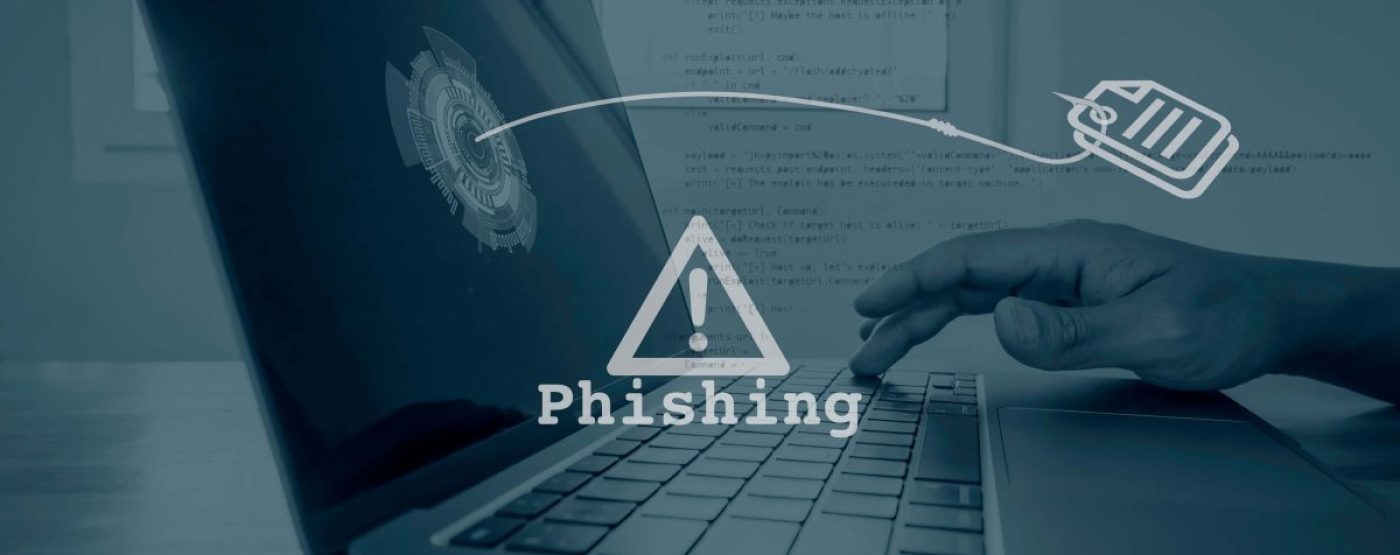
It has now become common to open your inbox and find tons of strange offers, fake invoices, or suspicious links every day. Not just individuals, but email spammers have started exploiting businesses too. From tricking employees with phishing scams to jamming communication channels, email spammers can disrupt your workflow and steal crucial data. The worst part is, however many don’t notice this until it’s too late. So, how can you safeguard your business from them? This guide will provide the solutions.
Email spamming is one of the common tactics used by cybercriminals where they send unwanted emails to a large number of people. These spam emails are used to scam them or spread malware. Spam emails can fill up your inbox and can cause several issues, making it difficult to manage important business emails.
Email spammers can use several ways to harm your business. However, most commonly, they start with sending fake or harmful emails to people. It can be a bit difficult to spot spam emails as they look real. They can contain links that may steal your personal or financial information.
Moreover, an email spammer can intentionally clutter a company’s inboxes, sending constant messages and interrupting workflow. In some cases, they can try to even trick employees or customers, asking to share passwords or tap harmful links.
Needless to say, if they fall for these emails, the consequences can be far more severe, leading to data theft or security problems. In addition, this can damage the organisation’s reputation, affecting customers’ trust.
Email filtering helps sort incoming messages. While it was mainly used to find spam and block or move it to the spam folder, many email services, such as Gmail, now allow the use of these filters and organise inboxes.
Over time, spam attacks have increased, making it just too difficult to manage daily communication. This interrupts other important business messages and affects the overall system. To help deal with these issues, email filtering thus provides an effective solution.
Email spam filters work, however, using some set protocols. This helps know whether your incoming messages are fake or genuine.
Filter Method | How It Works |
Header Analysis | Scans hidden email data for fake addresses, IPs, and suspicious patterns. |
Blacklists | Blocks known spam senders using shared or public spammer lists. |
Content Filters | Flags fake content like harmful links, attachments, and spam keywords. |
Outbound Filters | Check and stop spam mail from being sent through your server, preventing it from harming your IP. |
Anti-spam filter tools allow to prevent unwanted emails effectively. These tools can easily scan messages, finding spam signs such as suspicious links or fake addresses. By automatically filtering or deleting them, these tools can help keep your inbox clean and safe. However, you can learn more about these tools and find a suitable one for your business by seeking comprehensive IT support packages, preventing unwanted senders easily.
Furthermore, it is essential to monitor internal email activity too, as employees may unknowingly sometimes send spam-like messages. Therefore, identifying and correcting these poor practices helps prevent your mail server from being flagged.
Instead of using short and easy-to-guess passwords, however, set unique and stronger ones and keep updating them regularly.
Make alias email addresses and use them for less-important works, such as signing up for a newsletter or participating in a contest. This helps safeguard your primary inbox from potential spam and data leaks.
However, if you are still unable to deal with spammers, seeking support from an experienced filtering service provider can be helpful. In addition, opting for efficiently managed IT network services can further ensure secure and interruption-free communication by improving your overall network protection.
Email spammers can cause severe damage to your business, affecting the overall communication system. From phishing scams to inbox cluttering, the risks are growing day by day. So, you need to make several changes, like implementing effective filters, conducting regular training of employees, and investing in the right tools. These measures can help stay protected against cybercriminals and guard your business from being exploited.